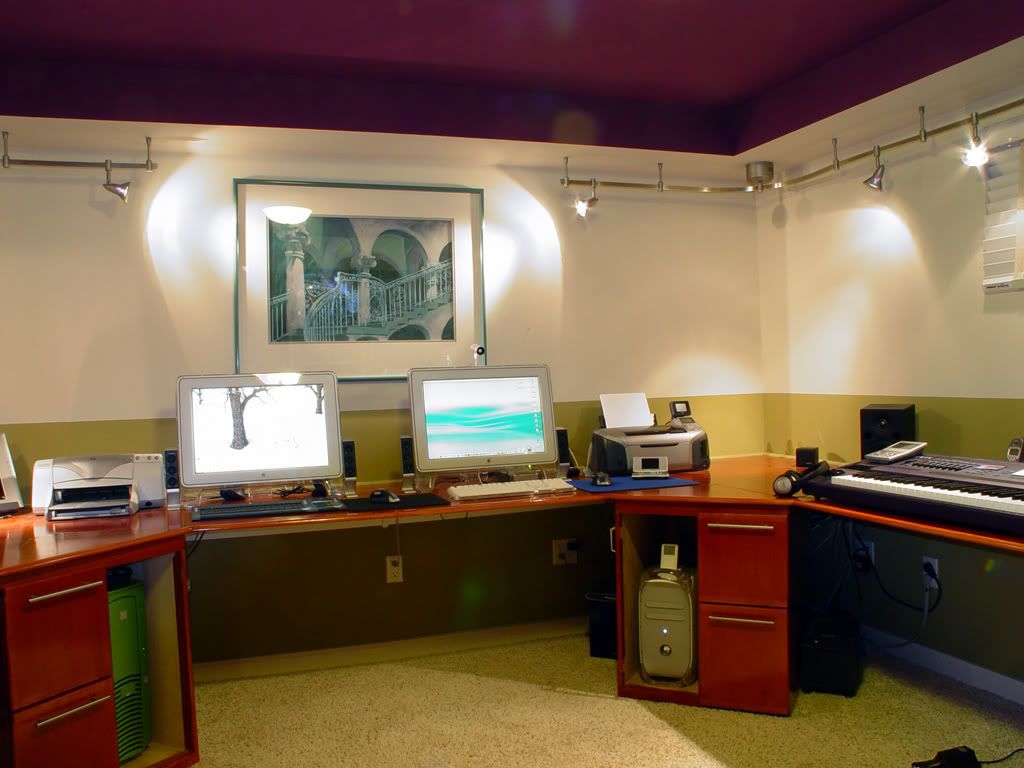Sustainable standards of recent home plans design are put together by many private and governmental organizations, and there is an increasing body of new methods emerging on the rapid rise of sustainability science. Sustainable technology means using less energy and fewer limited resources, not depleting natural resources, not polluting the earth either directly or indirectly, and designing for reuse and recycling at the end of useful life. Sustainable architecture tries to lessen environmentally friendly impact of manufacturing and transporting building components both along the way of construction and also over the lifetime of the building. Sustainable design aims for efficiency in air conditioning like ground source heat pumps; using alternative energy sources such as appropriate home siting and solar technology to heat water and generate electricity; recycling building materials and using local materials where possible; harvesting rainwater for washing and gardening; and on-site waste management. Waste management is usually as much to do with prevention as elimination, and sustainable waste management involves using products which are non-toxic and minimize waste firstly; can be composted or digested anaerobically; is usually reused on location, or recycled off page.
Sustainable new house plans design technology is predicated upon using alternative energy such as geothermal energy, solar, hydro, wind and bioenergy. Wind energy, captured through wind turbines, may be the fastest growing energy source on earth: used for centuries in Europe, it's now gaining interest in America. Solar powered energy may be harnessed by using photovoltaics to come up with electricity, through using passive solar hot water heaters to bathe and heat homes. The basic test for sustainable design is if it can function unplugged - without resorting to fossil fuel. This means eliminating pollution altogether in lieu of just reducing it. These goals are realized already: in 2004 a 59-home housing community was unveiled in Freiburg, Germany that's the first community on the planet where every home creates a positive energy balance. Sustainable design also means constructing furniture and appliances of renewable and recyclable materials such as glass, steel, and aluminum; and designing them for repair and recycling.
Sustainable design in new home plans involves all phases of home building plans, from site selection and orientation to number of scheme and building materials. Sustainable new house plans make good economic and environmental sense, and insure prosperity for our children and grandchildren.
Sustainable standards of new home plans design are being developed by a large number of private and governmental organizations, and there is a growing body of new methods emerging from the rapid rise of sustainability science. Sustainable technology means using less energy and fewer limited resources, not depleting natural resources, not polluting the environment either directly or indirectly, and designing for reuse and recycling at the end of useful life. Sustainable architecture tries to reduce the environmental impact of manufacturing and transporting building components both during the process of construction and also during the life of the building. Sustainable design aims for efficiency in heating and cooling such as ground source heat pumps; using alternative energy sources such as appropriate home siting and solar technology to heat water and generate electricity; recycling building materials and using local materials where possible; harvesting rainwater for washing and gardening; and on-site waste management. Waste management is as much a matter of prevention as elimination, and sustainable waste management involves using products which are non-toxic and minimize waste to begin with; can be composted or digested anaerobically; can be reused on site, or recycled off site.
Sustainable standards of new home plans design are being developed by a large number of private and governmental organizations, and there is a growing body of new methods emerging from the rapid rise of sustainability science. Sustainable technology means using less energy and fewer limited resources, not depleting natural resources, not polluting the environment either directly or indirectly, and designing for reuse and recycling at the end of useful life. Sustainable architecture tries to reduce the environmental impact of manufacturing and transporting building components both during the process of construction and also during the life of the building. Sustainable design aims for efficiency in heating and cooling such as ground source heat pumps; using alternative energy sources such as appropriate home siting and solar technology to heat water and generate electricity; recycling building materials and using local materials where possible; harvesting rainwater for washing and gardening; and on-site waste management. Waste management is as much a matter of prevention as elimination, and sustainable waste management involves using products which are non-toxic and minimize waste to begin with; can be composted or digested anaerobically; can be reused on site, or recycled off site.
Sustainable new house plans design technology is based upon using renewable energy sources such as geothermal energy, solar, hydro, wind and bioenergy. Wind energy, captured through wind turbines, is the fastest growing energy source in the world: used for centuries in Europe, it is now gaining popularity in America. Solar energy can be harnessed through the use of photovoltaics to generate electricity, and by using passive solar hot water heaters to bathe and to heat homes. The basic test for sustainable design is whether it can function unplugged - without using fossil fuel. This means eliminating pollution altogether rather than just reducing it. These goals are being realized already: in 2004 a 59-home housing community was unveiled in Freiburg, Germany which is the first community in the world in which every home produces a positive energy balance. Sustainable design also means constructing furniture and appliances of renewable and recyclable materials such as glass, steel, and aluminum; and designing them for repair and recycling.
Sustainable design in new home plans involves all phases of home building plans, from site selection and orientation to choice of scheme and building materials. Sustainable new house plans make good economic and environmental sense, and insure prosperity for future generations.


No comments:
Post a Comment